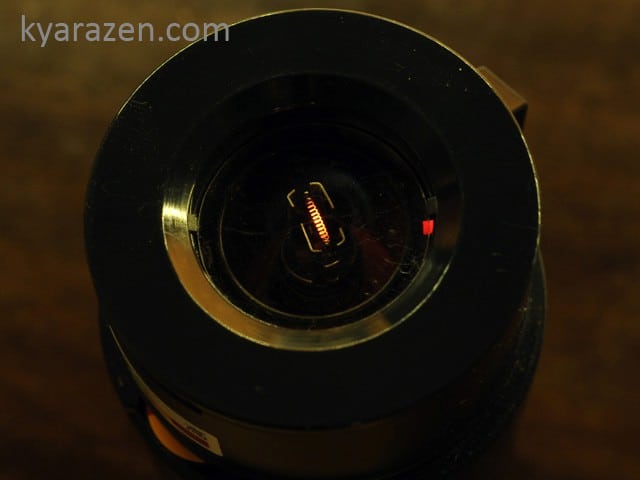Mon-Koh is loosely translated as “listening to incense” from the Japanese language.
Kyara is best enjoyed using Japanese “mon-koh” methods, where a red hot coal is buried under ash in a ceramic cup, with a small ventilation hole prodded to provide air to the coal, and a slice of clean mica place on top before the fragrant wood is added. The instructions can be easily found one existing Japanese incense related websites. Shoyeido has a nice article here http://www.shoyeido.co.jp/english/knowledges/mon_koh/

The Mon-Koh setting is very important, usually a clean quiet room is preferred, reasonably dry, with dimmed lighting and cool temperatures. If the room is too humid, the air-conditioner can be turned on for an hour before using the room, to dry the air. Damp humid air can affect the quality of the fragrance and the clarity. The air in the room should also be free of odours. Fans and other air-circulating devices should be turned off.If you are using charcoal, it could be good to prepare the charcoal in the kitchen or somewhere else so the light burnt fumes from the charcoal will not linger in the place for Mon-koh.
Stillness is the key. Through out the mon-koh process, one should learn to live in the current moment, living in the present. All thoughts of past, future, distractions, imaginations and fantasies should be casted out. Clear mind, un-occluded by clouds of thoughts. The clearer the mind, the louder the kyara sings.

Visual inspection of the kyara
One can appreciate the beauty of raw wood visually with or without the use of a 10x loupe where finer details can be seen. Holding the piece of kyara near, one should breathe in the natural scent of the kyara in the unburnt state whilst avoiding exhaling onto it. The raw fragrance is one that should also be appreciated and noted down.

Cutting a small piece for Mon-Koh
Using a fine chisel or an art knife, cut a tiny sliver from the piece of kyara carefully, over a piece of clean paper on a cutting mat or desk. Prepare a small empty bottle to collect any residual kyara fragments if any, from the cutting process. Pick a sliver of choice and prepare to put it onto the mica of a prepared-kodo cup. I use a shoyeido kodutu myself, so that eliminates the need to prepare a kodo-cup.



Planning
Decide on the various notes that one would be “listening” out for in this session. It can be category based on one’s perception and imaginations, there is no right nor wrong in this process. Elements, notes, tastes, colors, places, sounds, mental imageries by allowing the mind to be guided and inspired by the nose. Some green oil kyaras can be dark, misty, forest blossoms, some black kyaras can be wild honey, another can be a cacophony of strange sounds or the rush of a intense orchestral classical movement etc. It can be useful to write down one’s perception as well, inclusive of the time and date, and to revisit the same wood sample later on to see if one’s perceptions have changed.


All kyaras must be enjoyed with the right heating method, lest the kyara experience is lost. Kyara smoke from burning it directly on hot coal, is sacrilegious as it rapidly combusts all the complexities and transitions into a split second. The use of real kyara should be very rational and very modest today. It is not the price issue, but if we would want the future generations to know what the historical kyara is like, we need to leave some to them, just like how the Japanese have passed on kyara and agarwood blocks for generations. Personally, i burn kyara less than once a week, using half a mm thick slice by 1 mm by 2mm sliver is sufficient for a very good kyara moment. The used sliver can be reheated 2-3 times to catch the remaining ending notes which are quite pleasing as well. In 2012 alone, I have used only 6.2 grams of fragrant woods, both aloeswood, kyara, and sandalwood combined. How much have you used?..
A tiny sliver of high quality cambodian aloeswood on the Kodutu.




